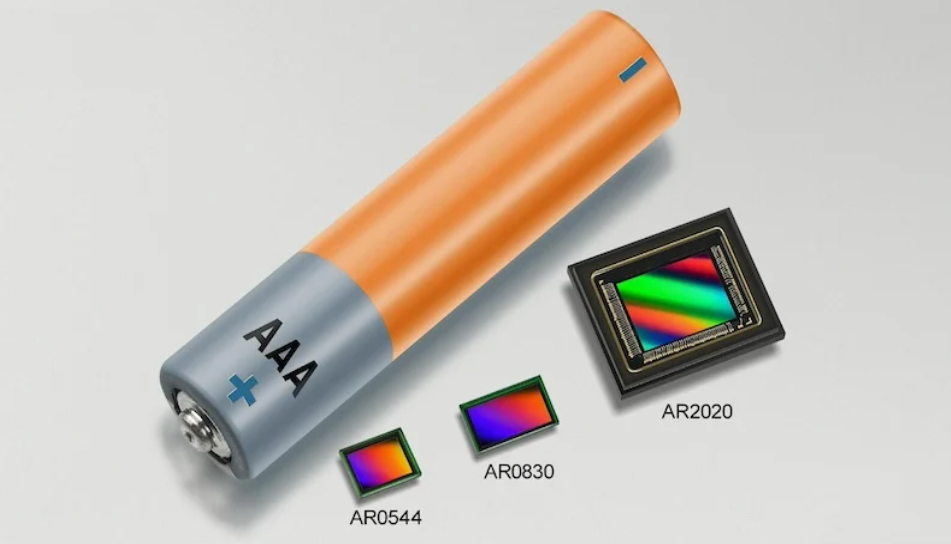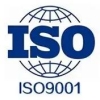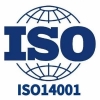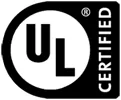ON Semiconductor introduces low-power smart image sensors that increase battery life by 40%

Targeted at the smart home and office, the new family of image sensors promises to combine high performance with ultra-low power consumption, while transferring critical functions from the image processor to the sensor.
Vision systems are rapidly expanding in consumer and industrial applications. The growing demand for video conferencing cameras, security cameras, machine vision, AR/VR/XR headsets and other vision systems is leading to a growing demand for high-performance image sensors.
Many of these applications require batteries or solar systems, which means that while image quality is emphasized, power consumption is also reduced.
With these in mind, On introduced the new Hyperlux LP family of sensors that prioritize power consumption and image quality. The series includes three backlit (BSI) stacked CMOS digital image sensors. The AR0544 has a pixel size of 1.4 μm and a resolution of 5 MP (2592 × 1944), the AR0830 has a resolution of 8.3 MP (3840 × 2160), and the AR2020 has a resolution of 20 MP (5120 × 3840).
Motion wake up inside the image sensor
All three sensors support in-sensor motion Wake up (WOM), which helps save power. The sensor can remain in standby mode until motion is detected. Many other sensors require motion wake logic to reside on the processing side of the device. Doing so requires more power to the sensor, even if the main electronics are in low-power mode. The new Hyperlux LP sensor has WOM logic in the sensor, enabling it to be in a low-power standby state along with the rest of the system.
By moving WOM into the sensor, the entire system can be kept in low-power mode until movement is detected. The Hyperlux sensor achieves standby power consumption of less than 2 mW and can wake up to full power mode in less time than it takes to take a photo.
Intelligent areas of interest reduce bandwidth
The AR2020 20 MP sensor also has a feature called Smart Area of Interest (SmartROI). SmartROI allows the system to select a smaller area within the sensor. Provides a multi-window view of the scene at a lower bandwidth and can provide a window with raw detail images at the same time. Many applications, such as video conferencing or traffic cameras, do not require a high-resolution entire image.
For example, a traffic camera may need full resolution coverage in an area showing an intersection, but not in an area adjacent to the road surface. SmartROI will allow this region to be specified at full resolution, while the remaining regions can be viewed at a lower resolution to reduce overall system bandwidth requirements.
By cropping high-resolution images to areas of interest, applications such as video conferencing or traffic photography can provide the detail needed for operation with significantly reduced bandwidth.
While this is a common feature of vision systems, current systems are often implemented in software. With the AR2020, both region selection and differentiation functions are handled within the sensor, reducing the bandwidth at the beginning and reducing the processing load downstream.
Near-infrared optimization for better low-light performance
Another important optimization is the form of the sensor wavelength. The sensor is highly sensitive to near infrared, which enhances low-light performance.
Better low-light performance reduces image noise for more accurate image processing and reduces the need for external light sources when used in dark environments.
Vision becomes ubiquitous
Vision is now as present in almost all electronic devices as wireless connectivity. And, as vision becomes ubiquitous and new applications open up, the range of existing applications will expand dramatically. On's Hyperlux LP sensors are designed for low power consumption, high image quality and low light sensitivity to meet three key requirements for next-generation vision devices.
By transferring key functions such as motion awakening and area of interest focusing to the sensor, the image signal processing load can be reduced, providing more options for system optimization.
Die Produkte, an denen Sie interessiert sein könnten
 |
TPCM-2.4-5 | CMC 2.41MH 5A 2LN TH | 6894 More on Order |
 |
62035-P2S02 | XFRMR TOROIDAL 7VA CHAS MOUNT | 6642 More on Order |
 |
62034-P2S02 | XFRMR TOROIDAL 7VA CHAS MOUNT | 7938 More on Order |
 |
62005-P2S02 | XFRMR TOROIDAL 1.6VA CHAS MOUNT | 7668 More on Order |
 |
62075-P2S02 | XFRMR TOROIDAL 35VA CHAS MOUNT | 7308 More on Order |
 |
62073-P2S02 | XFRMR TOROIDAL 35VA CHAS MOUNT | 5292 More on Order |
 |
70072K | XFRMR TOROIDAL 35VA THRU HOLE | 5634 More on Order |
 |
70054K | XFRMR TOROIDAL 15VA THRU HOLE | 4716 More on Order |
 |
70043K | XFRMR TOROIDAL 10VA THRU HOLE | 5562 More on Order |
 |
70031K | XFRMR TOROIDAL 7VA THRU HOLE | 8658 More on Order |
 |
70024K | XFRMR TOROIDAL 5VA THRU HOLE | 8748 More on Order |
 |
70014K | XFRMR TOROIDAL 3.2VA THRU HOLE | 5562 More on Order |
 |
70011K | XFRMR TOROIDAL 3.2VA THRU HOLE | 7560 More on Order |
 |
62015-P2S02 | XFRMR TOROIDAL 3.2VA CHAS MOUNT | 3780 More on Order |
 |
70025K | XFRMR TOROIDAL 5VA THRU HOLE | 4068 More on Order |
 |
62082-P2S02 | XFRMR TOROIDAL 50VA CHAS MOUNT | 4986 More on Order |
 |
62033-P2S02 | XFRMR TOROIDAL 7VA CHAS MOUNT | 6480 More on Order |
 |
62024-P2S02 | XFRMR TOROIDAL 5VA CHAS MOUNT | 4824 More on Order |
 |
62084-P2S02 | XFRMR TOROIDAL 50VA CHAS MOUNT | 7284 More on Order |
 |
70064K | XFRMR TOROIDAL 25VA THRU HOLE | 13758 More on Order |
 |
70034K | XFRMR TOROIDAL 7VA THRU HOLE | 8088 More on Order |
 |
70005K | XFRMR TOROIDAL 1.6VA THRU HOLE | 7218 More on Order |
 |
AC1050 | CURR SENSE XFMR 50A T/H | 7362 More on Order |
 |
AC1015 | CURR SENSE XFMR 15A T/H | 5166 More on Order |









